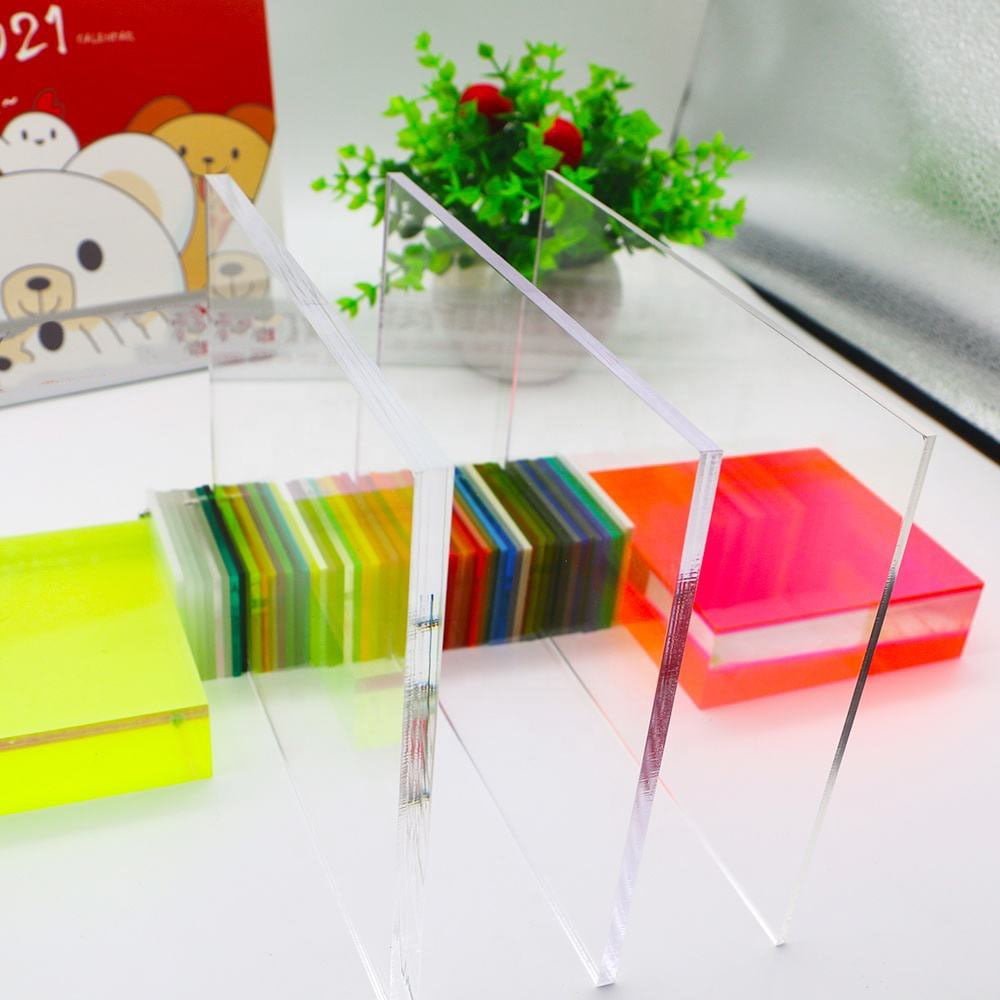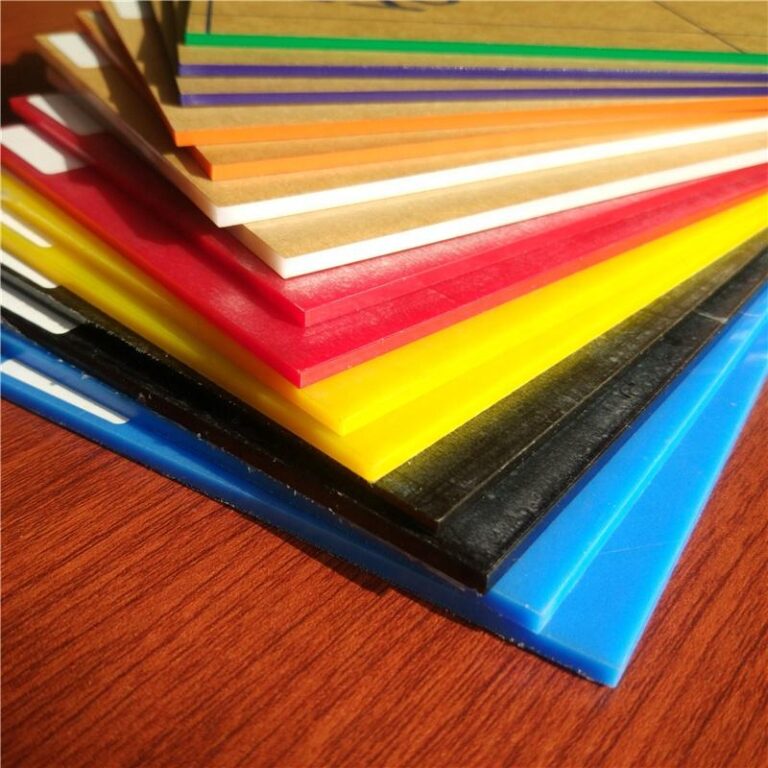PVC vs. Plywood: Which is Better for Your Interiors?
Creating your dream home is a joyous experience, but choosing the right materials for your interiors can be challenging. While experimenting with new interior design ideas is exciting, selecting high-quality, long-lasting materials is essential for a comfortable and satisfying home. Using inexpensive and conventional materials often leads to constant maintenance. With some preparation and help from qualified interior designers, you can achieve creative and ideal interiors.
Many people are unsure about the differences between PVC and plywood. Most professionals prefer PVC over plywood for various reasons. Here is a brief analysis of the pros and cons of PVC sheets and plywood for your interiors.

PVC vs. Plywood: Understanding the Basics
Before choosing a material for your interiors, it is crucial to understand the fundamental features of PVC and plywood.
PVC
PVC, or Polyvinyl Chloride, is a versatile, cost-effective, and adaptable material widely used in interior design. It can be completely translucent or color-matched to any shade.
Plywood
Plywood is made by gluing thin layers of wood veneers together. It is available in various grades based on its toughness and usage. The cross-stacking of timber sheets provides plywood with stability and strength. It is commonly used to make closets, cabinets, and furniture due to its flexibility and agility.

Comparing PVC and Plywood
| Parameters | PVC | Plywood |
|---|---|---|
| Durability | Highly durable | Less durable compared to PVC |
| Flexibility | Highly flexible | Less flexible compared to PVC |
| Raw Materials Used | Polymerised Vinyl Chloride | Wood Veneers |
| Moisture Resistance | Highly resistant to moisture | Less resistant to moisture |
| Colore | Available in various shades | Difficult to find matching color |
Benefits of Using PVC Sheets Over Plywood for Your Interiors
Wide Range of Applications
PVC sheets can be used in various installations, both indoors and outdoors. They are flexible, come in long lengths, and can be adjusted to fit creative designs. PVC sheets are chosen for general construction because of their UV-resistant color guards, enhancing color fastness and enabling long-lasting, colorful designs.
Plywood, being less flexible, doesn’t provide the same level of design versatility as PVC. Although plywood is used for exteriors, its poor water resistance and lack of color guard limit its longevity.
Speedy Installation
PVC panel installations are quick and easy using basic tools. Designers can easily repair, cut, and install PVC panels in the desired position. Damaged pieces can be replaced effortlessly without extra effort.
PVC is lightweight, robust, and suitable for various spaces from kitchens to large offices. It is ready to use immediately after installation, eliminating the need for additional furnishing work.
Plywood installation is more challenging due to its hardness. While it comes in long panels, preparing plywood to the desired size is difficult. Trimming plywood creates a dusty installation environment and often requires additional furniture.
Aesthetic Appeal for Finishing
PVC provides excellent aesthetic appeal with customizable colors and patterns. It is available in a wide range of designs, including wood prints, woven images, and more. By laminating patterned film material, designers can create unique designs that enhance the visual appeal of any project. PVC is popular for decorative exterior walls.
Plywood has many limitations in creating smooth finishes and appealing designs. It can only be somewhat customized due to its natural wood veneer composition. Designers typically do not recommend plywood for building exteriors due to pattern restrictions.
Resistance and Durability
PVC panels have high mechanical strength and durability despite being lightweight. They resist corrosion, peeling, and cracking, making them suitable for kitchen cabinets and bathroom panels. PVC’s moisture resistance prevents bacterial or insect attacks. Additionally, PVC panels are fire-resistant, making them ideal for walls and ceilings.
Plywood lacks the resistance and durability of PVC. Its susceptibility to moisture absorption makes it less enduring for interiors and exteriors. Excessive heat causes plywood to crack and peel, and it is not fireproof, making it less suitable for offices and kitchen cabinets.
Maintenance Cost
PVC is low-maintenance, unlike other wood structures. Its water resistance makes it easy to clean; spills can be wiped off without worry. PVC panels are easy to disassemble and recycle, making them a budget-friendly option ready for immediate use.
Plywood, with its low resistance to heat and moisture, has a high maintenance cost. It requires extra tasks like painting and crack maintenance. Spills on plywood are absorbed, leading to gradual material degradation. Both during installation and after use, plywood requires significant time and effort.
From all the above considerations, PVC panels are ideal for both building interiors and exteriors. Now is the time to choose high-quality PVC panels for your interiors.

